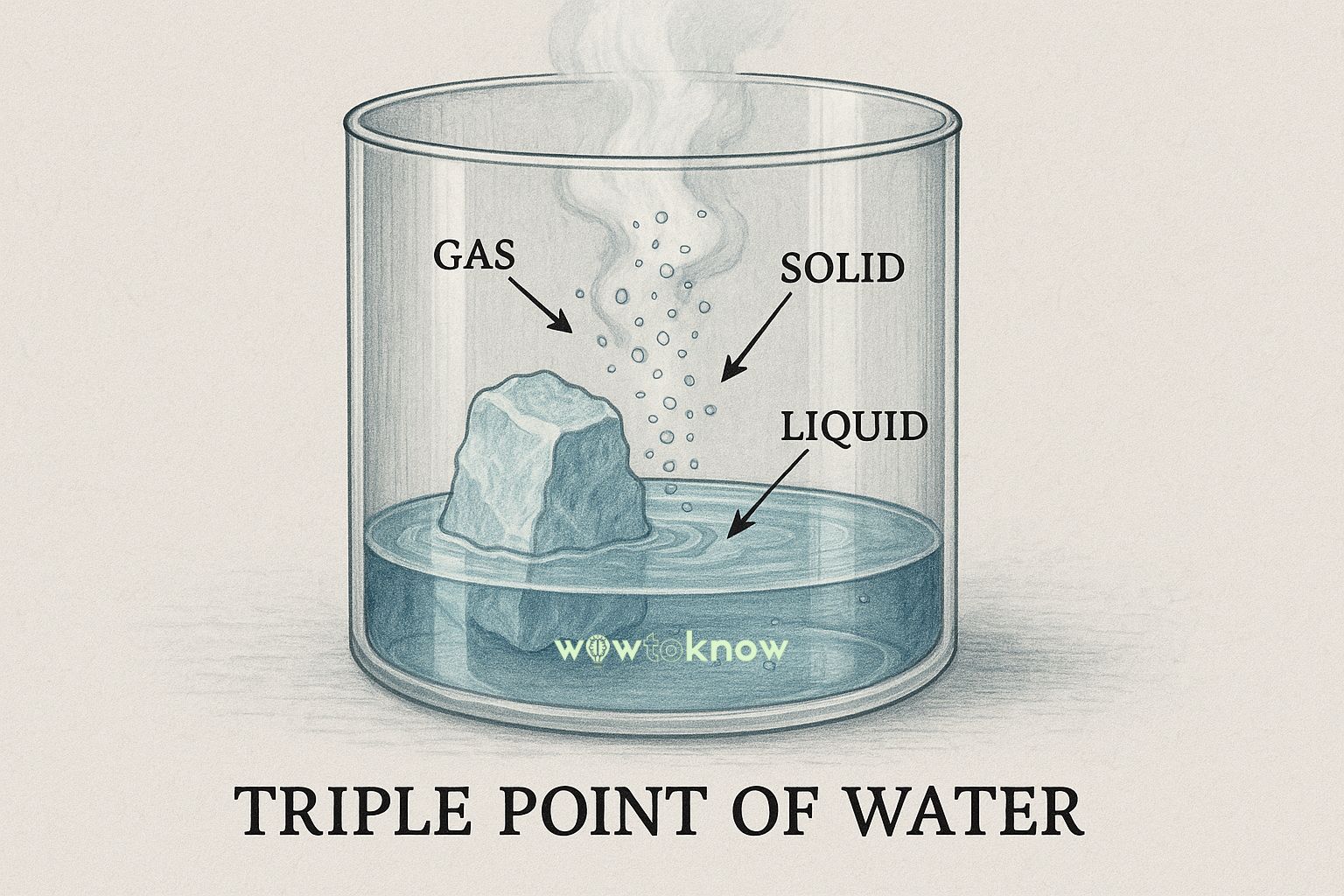When you think of ancient life on Earth, your mind might go straight to dinosaurs or giant ferns. But what if we told you that sharks were already thriving in Earth’s oceans before the first tree ever took root? It sounds unbelievable, but it’s true: sharks predate trees by about 100 million years.
How Old Are Sharks, Really?
Sharks have been around for a long time — roughly 450 million years, dating back to the Late Ordovician period. To put that into perspective, that’s nearly 200 million years before dinosaurs and over 100 million years before the first trees.
The earliest known shark-like species is Cladoselache, which lived about 370 million years ago. But fossil evidence points to even older ancestors with primitive cartilage-based skeletons and jaw structures.
Some early sharks looked nothing like modern ones. They had elongated bodies, odd fin shapes, and lacked the iconic streamlined profile. But they were clearly early versions of the apex predators we know today.
What Did Earth Look Like When Sharks First Appeared?
During the Ordovician period, the Earth was a very different place:
- All life existed in the oceans
- The land was barren, dry, and lifeless — no trees, no insects, not even grass
- Most marine life were invertebrates like trilobites and mollusks
Sharks emerged in this ocean-dominated world, already showing characteristics that helped them dominate as predators.
When Did Trees Appear?
Trees came along much later, in the Devonian period, around 385 million years ago. The earliest tree-like plant was Archaeopteris, a primitive species with wood and leaves but still reproducing via spores rather than seeds.
Archaeopteris and its kind were part of a transition from mossy ground cover and ferns to more complex forest ecosystems. By the end of the Devonian, forests were just beginning to appear on Earth.
So by the time the first forests were forming, sharks had already been swimming the oceans for tens of millions of years.

Sharks vs. Trees: A Battle of Survivors
Both sharks and trees have stood the test of time, but sharks may have the upper hand when it comes to resilience.
- Sharks have survived five mass extinction events, including the one that wiped out the dinosaurs.
- Many early tree species, in contrast, were wiped out and replaced repeatedly. Although trees are cool at surviving as well, including surviving nuclear testing.
- Some ancient shark lineages remain nearly unchanged, earning them the nickname “living fossils.”
- Sharks’ cartilaginous skeletons, efficient hunting abilities, and adaptability have made them one of evolution’s most successful experiments.
Why Is This So Surprising?
Most people see plants as ancient and fundamental to life on Earth—and they are. But trees, specifically, are relatively recent in geological terms.
What makes this fact even more surprising is that sharks have remained visually and functionally similar to their ancient ancestors. That’s how good their original design was.
While trees evolved, diversified, and changed shape over time, sharks mostly stayed the same—and kept winning.
More Fascinating Shark Facts
- Sharks are older than dinosaurs, insects, and flowering plants.
- The Greenland shark can live up to 500 years, making it the longest-living vertebrate ever recorded. By the way, Earth’s longest-living tree, or rather an interconnected set of trees, Pando, is over 80,000 years old.
- Sharks have been found in every ocean, from coral reefs to the Arctic deep.
- There are over 500 species of sharks, ranging from the tiny dwarf lanternshark (under 8 inches) to the massive whale shark (up to 40 feet).
- Some sharks can go weeks without eating and still maintain full energy when hunting.
Their ancient status doesn’t just make them interesting—it makes them essential to understanding how life on Earth has evolved.

FAQs
What’s the oldest shark species still alive today?
The frilled shark and Greenland shark are two examples of ancient species that have barely changed over millions of years.
Are sharks older than dinosaurs?
Yes—by nearly 200 million years. Dinosaurs first appeared about 230 million years ago.
Are sharks considered “living fossils”?
Yes, certain species like the frilled shark are called “living fossils” because they closely resemble their ancient ancestors.
When did the first trees evolve?
Around 385 million years ago during the Devonian period, starting with species like Archaeopteris.
How did sharks survive so many mass extinctions?
A: Their adaptable physiology, diverse diets, and widespread habitat range gave them an evolutionary edge.
If you are fascinated by facts like this, check out more amazing facts about nature on WowToKnow. For instance, did you know that hippos and whales are each other’s closest relatives?
Feeling like sharing your own knowledge of weird or astonishing facts? Welcome to the comment section. You can also join our Facebook, X, and Telegram communities to learn something new and amazing every day.







